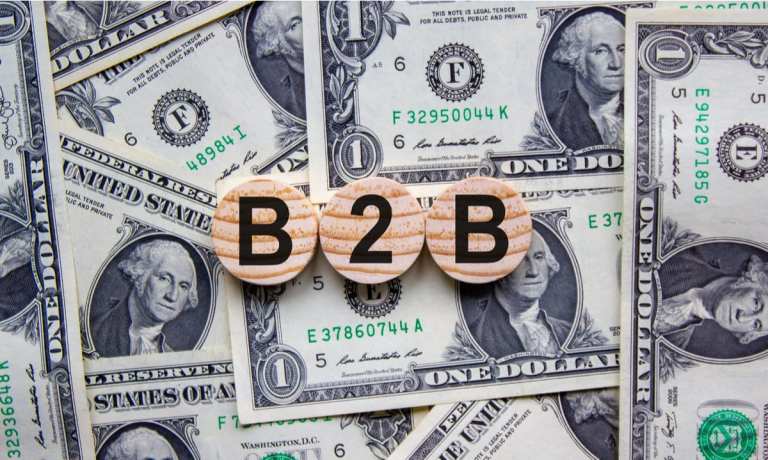
Finstro, which provides trade and credit services for B2B commerce, is rolling out its services for the U.S., a Tuesday (July 6) press release said.
That will encompass the company’s card solution, with eyes toward boosting the buyer-supplier relationship. Finstro’s cards can be used for fast applications, quick funding and flexible repayments, and the company offers APIs that can be integrated with a company’s existing ERPs.
The move by the company is related to the growing shift toward digital B2B payments in America, with a survey by the Association for Financial Professionals (AFP) finding that 60 percent of suppliers and businesses that responded were at least somewhat likely to switch their payments to electronic methods.
The press release also cited a report from Goldman Sachs saying that paper-based processes made up around 70 percent of U.S. B2B payments. But CEO Brad Prout said there was a growing movement toward more digital processes, which had spurred Finstro’s decision to move in.
“Since early 2020 businesses of all sizes had to give AR and AP management more attention as they navigated through the impact of the … [COVID-19] pandemic,” said Prout. “The adoption of digital processes in the order-to-cash cycles can create workflow efficiencies and reduce working capital to the benefit of both suppliers and their business customers. We expect to see these disruptive trends continue in U.S. B2B markets, and suppliers who adopt technology-driven solutions will have a competitive advantage when providing business customers with more flexible trade credit terms.”
Reports have the global B2B payment flows hitting $200 trillion by 2028, with the U.S. making up 20 percent of that. The release noted that the U.S.’s cut represents $26 trillion in payment volumes.
PYMNTS previously wrote of the company’s plans to expand to the U.S., saying that the expansion would be a change from its previous state only operating in Asia and Europe.
Prout told PYMNTS recently that the practice of B2B suppliers selling to their customers, which has been done for years, could potentially create new pain points, causing friction because of the process of setting up a credit account and the time it takes for everything to be resolved.